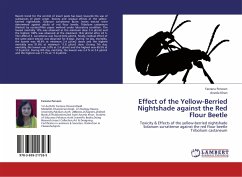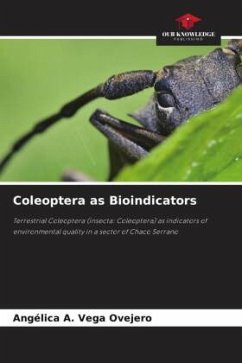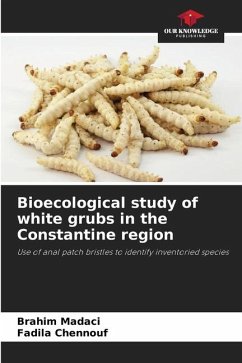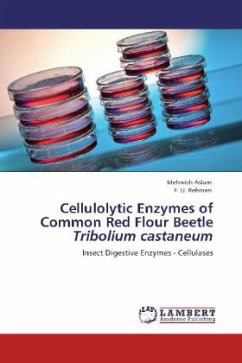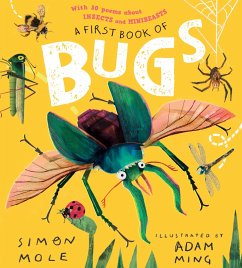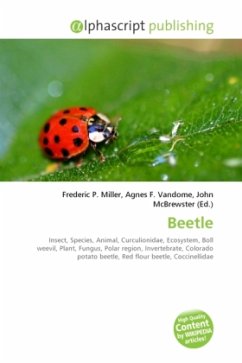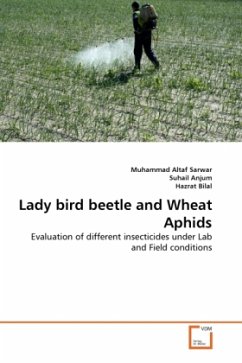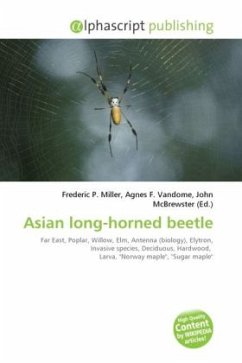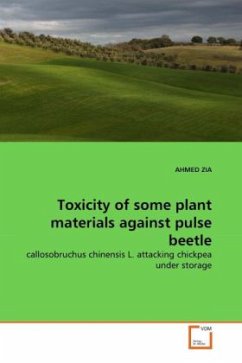
Burying beetle trapping and marking
Methods for surveys and population assessment
Versandkostenfrei!
Versandfertig in 6-10 Tagen
32,99 €
inkl. MwSt.

PAYBACK Punkte
16 °P sammeln!
Once found in 35 states and three Canadian provinces, the American burying beetle, Nicrophorus americanus, has disappeared from over 90% of its historic range and is currently present in only seven states. Following its listing as an endangered species, a recovery plan was developed by the U.S. Fish and Wildlife Service. This plan outlined several recovery criteria that must be met in order to reduce the threat of extinction to the American burying beetle. These criteria require that effective survey protocols be utilized. Since its listing, two different survey protocols have been used. The d...
Once found in 35 states and three Canadian provinces, the American burying beetle, Nicrophorus americanus, has disappeared from over 90% of its historic range and is currently present in only seven states. Following its listing as an endangered species, a recovery plan was developed by the U.S. Fish and Wildlife Service. This plan outlined several recovery criteria that must be met in order to reduce the threat of extinction to the American burying beetle. These criteria require that effective survey protocols be utilized. Since its listing, two different survey protocols have been used. The differences between these protocols make it difficult to compare populations throughout its range. This study examined the effectiveness of each protocol based on the number of Nicrophorus spp. captured per trap night in field and laboratory trials. Additionally, capture rates were examined based on sex and feeding status in laboratory conditions. Furthermore, the recovery plan lists criteriathat require marking the American burying beetle. This study examined the mortality and retention rates of the four marking techniques used on the American burying beetle in the field and the laboratory.



